Flora Singapura
There's no better way to celebrate Singapore's birthday than to delve into its natural history. As Singapore transforms into a City in Nature, how about getting to know about some of the flora named after our lush, green island? Most are native to the region, with one of them endemic to Singapore. Read on to find out more.
Singapore Kopsia
What does the Singapore Kopsia (Kopsia singapurensis) make you think of? That's right: our national flag! Like the flag's five stars, the Singapore Kopsia has five white petals. The petals are fused at the base to form a tube, the throat of which is as red as our own 'little red dot'. Coincidentally, it was named Kopsia singapurensis in 1923, even before our national flag was designed with its distinctive red and white colours.
Bulbophyllum singaporeanum
Photo credit: Yam Tim Wing
At first glance, this native epiphytic shrub may strike you with its eccentric appearance, which gives no hint that it is actually an orchid. Its inflorescence is a cluster of small flowers which are purplish-green in colour with dark purple spots. If you lean closer, you may be hit by an unpleasant smell like that of rotting fish. Flies have been observed buzzing around its pungent flowers.
While the first specimen of the Bulbophyllum singaporeanum was collected in the wild in 1889, it was considered nationally extinct after that. Happily, in 2010, it was rediscovered in the Nee Soon Freshwater Swamp. It is known to be difficult to grow in cultivation, requiring methods such as mounting on fern bark covered with a layer of spaghnum moss. This orchid also requires semi-shade conditions, and watering twice a day.
Singapore Durian
Photo credit: Boo Chih Min
Durian lovers, did you know that Singapore has its very own Singapore Durian (Durio singaporensis)? This tree grows up to 36 m tall, with thick and leathery leaf blades that are covered with glittering scales below, giving it a golden-coppery appearance. It produces large white flowers which are pollinated by bats. The fruit of the Singapore Durian looks like the ones we normally eat, as it is round, green and densely covered in stiff and slender spines.
However, the fruit is relatively small (measuring about 10 cm in size) with seeds that are not fleshy, so it is considered inedible. The Singapore Durian thus relies on animals like hornbills and macaques for seed dispersal.
Singapore Ginger
Photo credit: Jana Leong-Škorničková
The native Singapore Ginger (Zingiber singapurense) was discovered in 2014 by NParks researchers in the Central Catchment Nature Reserve. It grows in primary forest and secondary rainforest and is endemic to Singapore, hence its specific epithet. Its leaf blades are oval, dark green and glossy, while its leaf shoots blend easily into the understorey vegetation as young palm fronds or terrestrial orchids if the ginger is not flowering. Its attractive spindle-shaped inflorescences are 23 cm long with showy orange-red to white bracts, while its individual flowers are creamy white to pale yellow.
You can read about the story of its discovery here.
Paku Biawak
The Tectaria singaporiana has the Malay common name Paku Biawak, which translates to Monitor Lizard Fern. This is because of its fronds resembling the skin texture of a monitor lizard. Its erect fronds are scaly at the base with hairs pressed against the surface to the top. On the underside of the leaves, you can find sori (spore-bearing pouches), which gives them a bumpy texture.
Paku Biawak grows in lowland forests, occurring locally in Bukit Timah Nature Reserve and Central Catchment Nature Reserve as well as across Peninsular Thailand and Western Malesia. It is used in Malay folk medicine as a cure for fever and as a post-natal tonic.
Singapore Walking Stick Palm
Photo credit: Ang Wee Foong
The Singapore Walking-Stick Palm (Rhopaloblaste singaporensis), also known as Kerinting, is a native palm that also occurs across Peninsular Malaysia. An understorey clustering palm, it is widespread in humid forests in its native distribution. Its inflorescence, which is 20 to 35 cm long, emerges from decaying leaf sheaths below the crown-shaft, featuring orange flowers. Its small, edible fruit matures from yellowish-orange to red. The stems of this plant are used for making handles and walking sticks, hence its common name.
Learning More About Our City In Nature
Over the years, NParks has created a green network comprising roadside planting and a Park Connector Network that links up parks and other green spaces. Skyrise greenery dot developments while biophilic design has been adopted in restoring habitats.
But as Singapore continues to urbanise, the growing infrastructure will put increasing pressure on the established green cover. Coupled with climate change and more extreme weather conditions, this will result in higher urban temperatures and the increased risks of localised flooding events. Our City in Nature vision works to ensure the city develops in a way that continues to provide a high-quality living environment for residents while ensuring Singapore remains a distinctive global city.
Learn more about City in Nature here.
Visiting Our Green Spaces
If you are visiting our green spaces, mask-wearing in outdoor settings such as parks, gardens and nature reserves is optional but continues to be required when you visit our indoor facilities, such as museums, galleries and enclosed visitor centres.
Do check out the visitorship levels of our parks using our safe distancing portal before you head down and avoid the ones with high visitorship.
Visit NParksSG, our refreshed YouTube Channel that serves as a one-stop repository for more than 500 video resources. It also provides a platform for existing and future digital outreach including DIY gardening and related crafts, virtual tours of our green spaces, and livestream events.
For more information about the flora and fauna found in Singapore, please visit NParks Flora and Fauna Web.
If you like what you read, follow us on Facebook, Instagram and Telegram to get the latest updates.
Text by Liyana Adnan


.ashx?h=356&w=475)
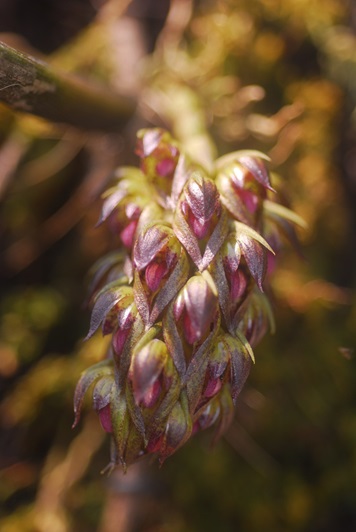
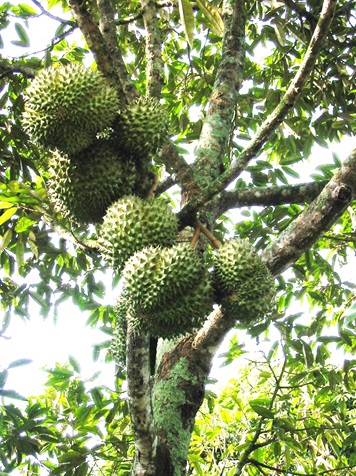
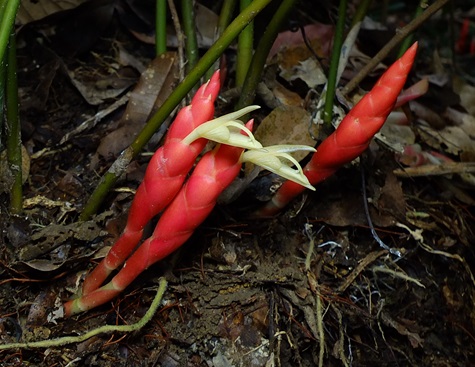
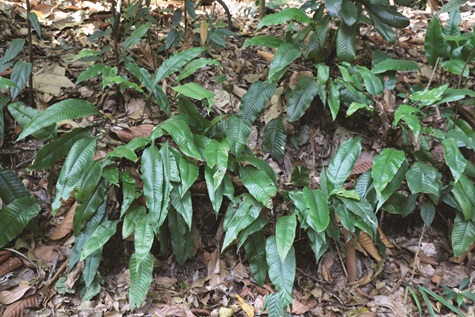
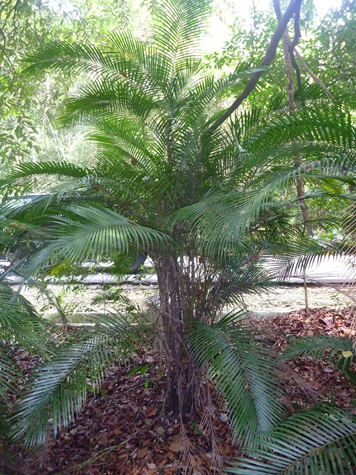
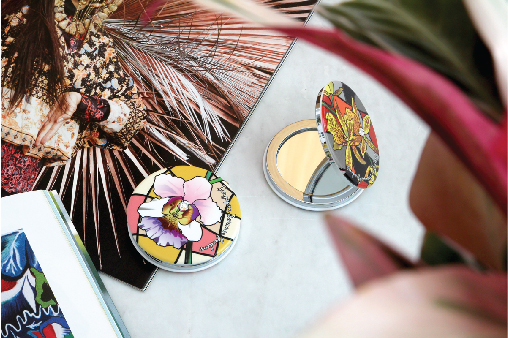
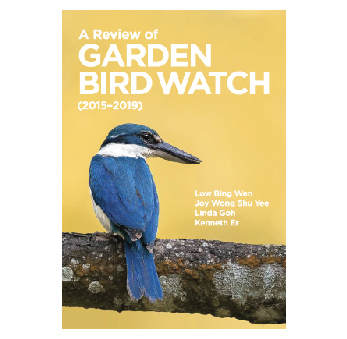
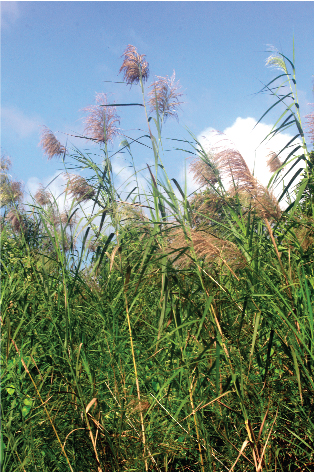
Have views or comments on this article? Let us know via this form. If you would like to give us feedback on any other areas relating to our parks and gardens, please submit via https://www.nparks.gov.sg/feedback